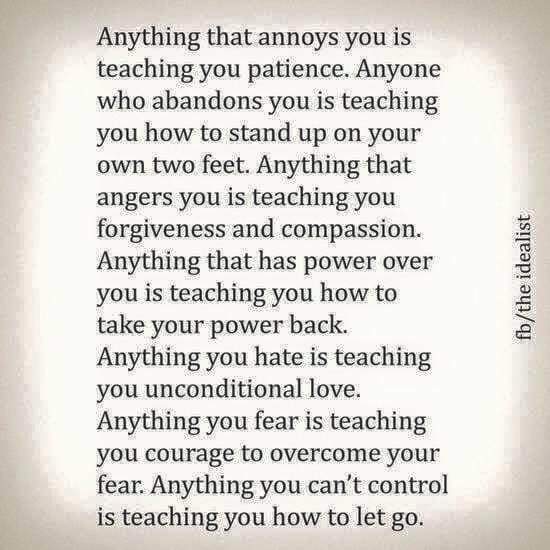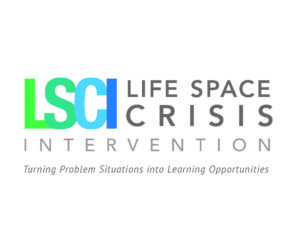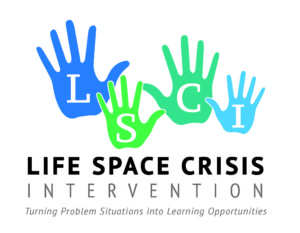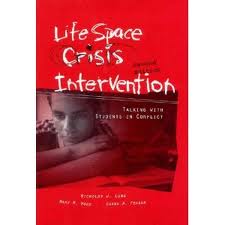Archive for June, 2016
My Brain Made Me Do It! The Basics of Neuroscience for Kids
0In my newest book, The 8 Keys to End Bullying ACTIVITY BOOK for Kids & Tweens, I include activities that bring the basics of neuroscience to a young person’s level. My goal is to help kids understand how really close to the truth it is when they say, “My brain made me do it!”
Read on to hear about a real-life encounter I had this past year with one of my students, where I was able to effectively teach her about her brain and help her understand the importance of using specific strategies for calming down during stressful situations, so that she could always let her “logical” brain be in charge, instead of having her “emotional” brain take over.
“Anything you fear is teaching you courage…” and other important Parenting moments
0This morning, both of my kids are being challenged to do something outside of their comfort zone. The Mama bear in me wants to rush in and rescue them to save them from feeling fear. The loving Mama in me knows that these challenges are well within my girls’ abilities and will equip them with important life skills–including the confidence that they can face challenges head on. Breathe, Mama, breathe.
What to Do About Students Who Change Your Class Chemistry
0Education Week writer Larry Ferlazzo reached out to me and three other Education & Mental Health professionals to help respond to this reader’s question:
One student can change the chemistry of whole class. How do you bring balance to the Force in your class?
Here’s my response:
A sad truism about classroom dynamics is that it is far easier for one negative student to bring down an entire group of peers than it is for one positive student to lift the class up. As a teacher, what can you do in your classroom when that ‘one bad apple’ threatens to spoil the whole bunch?
Prioritize Connections with Students
In this age of technology and testing, it is far too easy to regard students as items on a to-do list rather than as human beings who only succeed academically when they feel safe emotionally. Make time to genuinely connect with each student in your classroom:
- Greet them by name each day.
- Learn their strengths.
- Know their families.
- Ask about their feelings.
- Notice changes in their behavior.
Genuine connections are the essential prerequisite to creating a positive classroom culture that can withstand the force of changing social dynamics.
Role Model Kindness
Rodkin & Hodges (2003) cite evidence that when teachers are warm and caring to their students, the students, in turn, become less rejecting of their peers. Be the standard bearer of warmth and kindness in all of your interactions with young people. Smile often. Make abundant eye contact. Listen. Be there. Show that you care. This is a real “do as I do” opportunity where your actions are the model for how your students treat each other.
Intervene Quickly & Briefly
Many adults tell me that when they witness cruelty in their classrooms, they freeze up and don’t know what to do or say. I tell them that the most effective way to intervene is also the easiest (not to mention the most time-effective.) Use brief messages, such as:
Check out the full article here:
How to Be Angry Used in Homeschooling Program
0There’s nothing that an idealistic, trying-to-change-the-world-one-child-at-a-time, do-gooder like me values more than hearing that their work is truly making a difference for others. Yesterday, Vanessa Reinelt, a homeschooling mom of two and teacher of 4 other children, sent me this music-to-my-ears feedback:
We have been working through your “How to Be Angry” curriculum and already are seeing huge benefits. Our children (ages 10-13) are already identifying their anger and striving to express their anger assertively! I have looked at many programs and resources trying to find an appropriate one to teach the kids about emotional and social health. None can compare to the depth and quality that yours provides. I 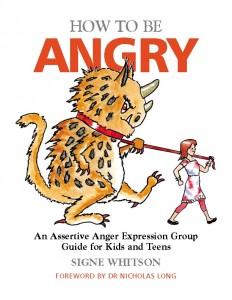 absolutely love the format you use. Teaching the 4 types of Anger Expression and with the healthiest (Assertiveness) as the last module. I genuinely believe if we teach children about expressing…emotions in healthy ways, the human race will stand a chance in reaching the next millennium.
absolutely love the format you use. Teaching the 4 types of Anger Expression and with the healthiest (Assertiveness) as the last module. I genuinely believe if we teach children about expressing…emotions in healthy ways, the human race will stand a chance in reaching the next millennium.
Thanks again for your time Ms. Whitson. You are truly a credit to your profession. Thank you for your amazing book. Your work is making the world a better place.
Thank YOU, Vanessa, for prioritizing the social and emotional health of kids!
If you’ve used How to Be Angry, Friendship & Other Weapons, The Angry Smile, or 8 Keys to End Bullying with students, please let me know how the experience has been for you!
Life Space Crisis Intervention (LSCI) LOGO Contest is Open. Vote now!
0I need your help! As many of you know, I am the COO of the fantastic Life Space Crisis Intervention Institute–a training program whose elements I use every single day in my work with young people.
We are in the process of updating our logo and have narrowed our designs down to these three choices. Please let me know which one of the images below you find most visually appealing and which one you think best communicates LSCI’s work with professionals, parents, and kiddos.
Simply identify your vote as being for Image 1 (ALL Capital letters), Image 2 (lowercase lsci), or Image 3 (handprints). Everyone who votes in the Comments section below will be entered in a random drawing to win a free copy of the LSCI text: Talking With Students in Conflict.
Winner announced on 6/15!

